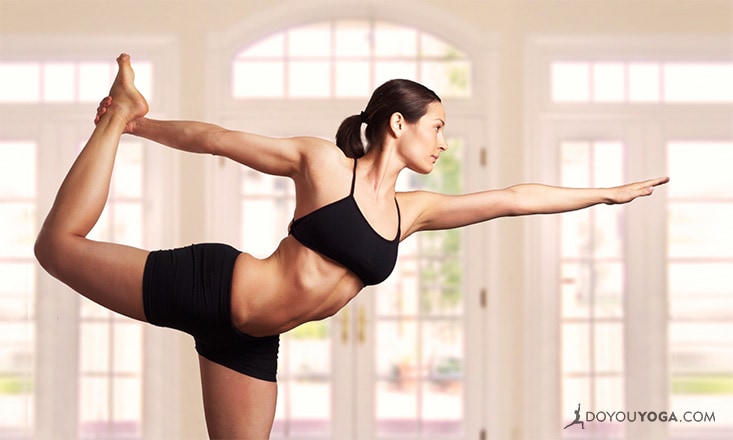It wasn't until I started teaching Hot yoga that I began to fall in love with my exercise physiology class in college. As I grew in my yoga practice, my understanding of the body, and the processes that were taking place, became clearer.
I began to relate my new knowledge of exercise physiology to my everyday yoga practice, as well as my teaching style. Instead of getting frustrated that my muscles were fatiguing ten minutes into class, I would begin to focus on my breath, knowing that with each inhale, I was delivering oxygen to the muscles that needed it most.
Instead of challenging my students not to think about the heat, I focused on giving them more breaks so that the heat was no longer a thought.
Below is what I like to call the two Hs of Hot yoga. I feel that each "H" offers crucial knowledge, and are two of the best teaching tips for Hot yoga.
1. Remember the Heat
First and foremost, being a Hot yoga instructor means that you are held accountable for every sweaty soul in the studio, so it is important you understand the physiological process behind sweat in order to keep your yogis safe.
Sweat is the body's natural way of decreasing internal body temperature. When our body temp reaches a certain high, we begin to sweat. However, the actual decrease in body temperature does not occur until the sweat starts to dry. But how will the sweat dry when the room contains humidity so high it's basically raining?
Instructors, this is where you come in. It is important that you allow cool, dry air into the room during class in order for your student's bodies to cool off. Let this natural, physiological process occur so that your yogis can avoid serious injury or even heat stroke.
Remember, it is not about "beating the heat" or seeing how much fluid you can sweat out. It's about offering a safe and controlled environment for students to express themselves, de-stress, and leave any worry or doubt on their mat.
2. Remember Hydration
Hydration will make or break any yogi's practice. Whether you are a seasoned yoga practitioner, or it's your first class, fluid intake will have more of an impact on your practice than the actual heat.
Hydration education should be one of the first conversations we have with our students. Let them know that in order to be properly hydrated, water intake should start at least four hours prior to class in amounts of 20-30 fluid ounces. The fluid we consume needs time to have an impact on certain areas of the body, such as muscle tissue, organs, and blood cells.
As for hydration during class, no need to lug a gallon-size jug of water into class with you. It won't do you any good…unless you plan on pouring it all over yourself. Hydration during class should be between 3-8 fl. oz. of a sports beverage (5-8% carbohydrates with electrolytes) every 15-20 minutes in classes 60 minutes long or more. This is to help regulate blood sugar levels as well as replace lost electrolytes.
Once class is over, hydration becomes just as important as it was in the beginning. Hydration after exercise should be between 20-24 fl. oz. for every pound lost. During physical exercise, the body can lose up to 5% body weight just in fluid losses. If hydration is something you struggle to achieve in your yoga practice, weighing yourself before and after might help you to consume fluid amounts closer to your needs.
If scales send you running for the hills, thirst is a great alternative to measuring hydration. If the body needs more fluid, it will communicate it with you through thirst. Listen to the body and give it what it needs.
Please note that the ounces and percentages above were designed by the American College of Sports Medicine for physical exercise in neutral environments. Exercise performed in high stress environments, such as Hot yoga, could require higher fluid intakes and result in higher fluid loss percentages. Remember, your most important guide to fluid intake is going to be your body. Thirst is the biggest indicator of dehydration. Don't wait for thirst to tell you to drink.
As instructors, our knowledge of the body should go beyond each yoga pose. It is important that we have an understanding of how our bodies function during Hot yoga. This allows us to instruct from a safer standpoint, answer student's questions more thoroughly, and even improve our own yoga practice.
Remember, you are not only instructing yoga, you are educating your students on overall health and wellness. Don't limit your knowledge to just the asanas.


